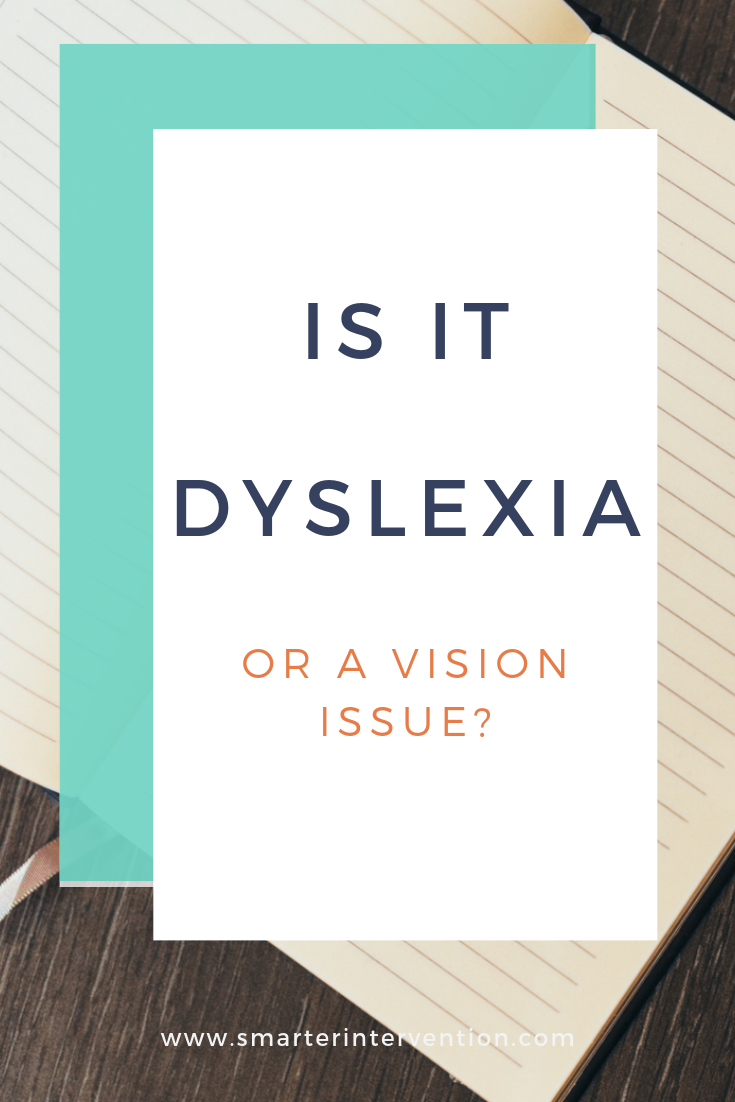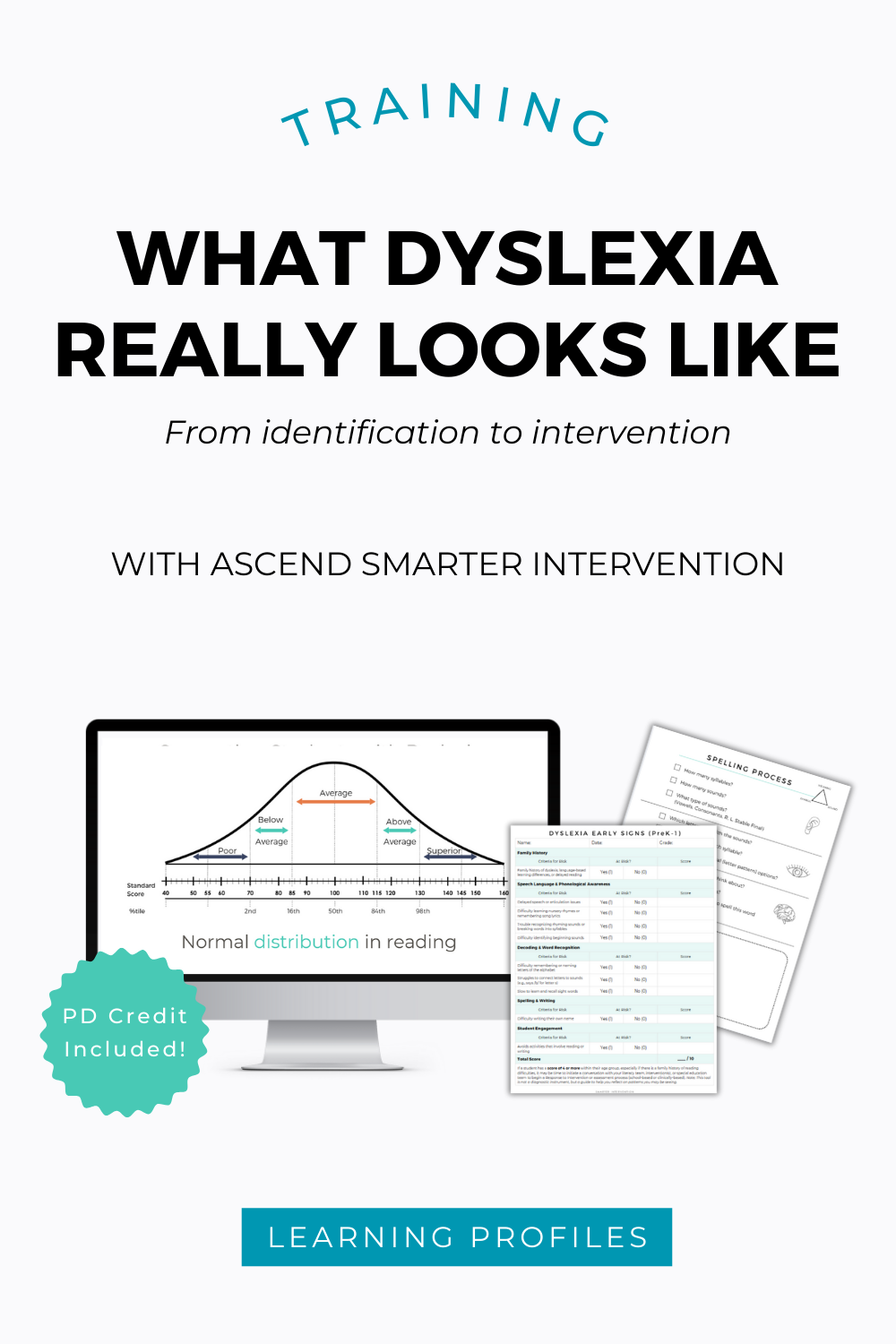Is it dyslexia or a vision issue?
Is It Dyslexia or a Vision Issue? Understanding the Difference (and Why It Matters)
When a child struggles to read, one of the first questions parents often ask is: "Could it be a vision problem?"
It’s an understandable concern, after all, reading feels like a visual task. But here's what decades of research and medical consensus have shown:
Dyslexia is not caused by a vision problem.
It's a brain-based language-processing difference, not an issue with the eyes.
What Dyslexia Really Is
Dyslexia is a specific learning disability that affects the ability to decode words, spell, and recognize sight words. It stems from differences in how the brain processes written language, especially phonological processing and sound-symbol mapping, not how the eyes see letters.
Children with dyslexia typically have normal vision and ocular health. Their difficulties are rooted in how their brains interpret and connect sounds to print.
According to a position statement published jointly by the American Academy of Pediatrics, American Academy of Ophthalmology, and American Association for Pediatric Ophthalmology and Strabismus:
“Vision problems are not the cause of primary dyslexia or learning disabilities... Diagnostic and treatment approaches that lack scientific evidence of efficacy, including eye exercises, behavioral vision therapy, or special tinted filters or lenses, are not endorsed and should not be recommended.”
Why Vision Therapy and Colored Overlays Fall Short
Some optometrists or therapists may suggest:
Vision therapy
Eye tracking exercises
Colored lenses or overlays
These methods are often well-intentioned, and while they won’t harm a child physically, they do not address the root cause of dyslexia. Even worse, they may delay accurate diagnosis and access to effective reading intervention.
Treating dyslexia with vision therapy is like trying to fix a language problem with a new pair of glasses, it misses the mark entirely.
What About Real Vision Problems?
Let’s be clear: True vision issues should always be addressed.
If a child has:
Blurry vision
Frequent squinting or headaches
Trouble tracking or frequent line skipping
...a comprehensive eye exam with a pediatric ophthalmologist is important.
Conditions like convergence insufficiency, amblyopia, or farsightedness can make reading physically uncomfortable, but they do not cause decoding difficulties or reading disabilities.
Treating these issues may help a child read longer or more comfortably, but they won’t resolve dyslexia.
Key Research Takeaways for Parents and Educators
Most reading disabilities stem from neurological processing differences, not visual dysfunction.
Children with dyslexia show differences in brain activity during reading tasks, not in their visual systems.
Eye movement differences (like saccades) are a result of reading difficulty, not a cause.
Tinted overlays and vision therapy have no proven benefit in improving reading outcomes for students with dyslexia.
Early identification and structured literacy intervention are the most effective response.
“With early recognition and individualized, interdisciplinary management strategies, children with learning disabilities can enjoy successful academic experiences.”
— American Academy of Pediatrics, 2009 & reaffirmed in 2014
What to Watch For Instead
If your child:
Struggled to learn letters and sounds in early grades
Avoids reading or says it's “too hard”
Has a family history of dyslexia or language learning differences
Guesses at simple words or mixes up similar-looking words
Is bright and articulate but has trouble with spelling or fluency
…it’s time to consider dyslexia (not vision) as the underlying cause.
Learn more: 5 Clues to Dyslexia (That Are Easy to Miss)
Concerned about dyslexia?
We’ve created a free checklist that highlights the most common signs of dyslexia across ages and settings, including what to look for in conversation, reading tasks, and writing.
👉 Download the Dyslexia Symptoms Checklist here!
Want to Go Deeper?
Check out our On-Demand Professional Development Training:
“What Dyslexia Really Looks Like: From Identification to Intervention”
In this training, we walk through:
How dyslexia presents differently across ages and grade levels
Why some students “fly under the radar” until academic demands increase
Practical ways to identify patterns early and connect students with the right support (from accommodations to instruction
How to manage conversations around dyslexia
You don’t want to miss this one!


